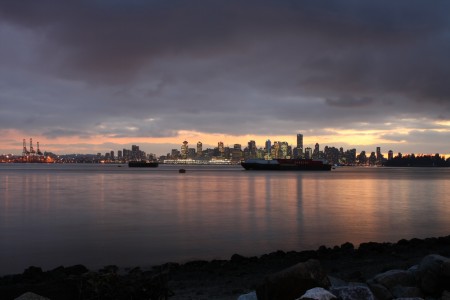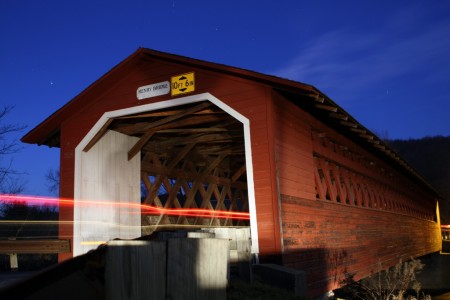
Bill Streever’s book takes a meandering and often macabre journey through various facts and stories about the world’s chilled regions: discussing everything from ground squirrel hibernation to the fatalities that resulted from the Schoolchildren’s Blizzard of 1888. While it contains a lot of highly interesting information, the book’s non-linear structure is distracting and contributes to its repetitiveness. Had Streever stuck to a conventional structure with chapters focused on different topics, the result would probably have been better.
Streever is at his best when discussing the human suffering brought on by cold, and the ingenious ways by which animals have learned to survive in it. The story of the Arctic caterpillars that freeze solid every winter, and take ten years to eat enough to undergo metamorphosis, is a poignant one. So too are Streever’s excellent descriptions of snow and feathers as insulating materials, as well as frostbite and hypothermia as unwanted consequences of extreme cold. The book has an entertaining habit of pointing out odd coincidences. For instance, readers will discover what a certain volcanic eruption has to do with Mary Shelley’s Frankenstein, Mormonism, and the invention of the bicycle.
Cold gives a fairly cursory treatment of climate change: mentioning it fairly often, but not getting into great detail. Streever takes it as a given that human greenhouse gas emissions will forever and substantially alter the world’s frozen places, and does not devote any time or attention to the kind of actions humanity could take if it wished to preserve the polar ice caps, glaciers, etc. The author acknowledges how his own jet-setting lifestyle is contributing to the destruction of the places that interest him so, but never takes time to really contemplate alternative behaviour for himself or humanity as a whole.
All told, Cold is well worth the couple of hours it takes to read. While some judicious editing would have been welcome, Streever’s book does manage to convey an appropriate sense of both curiosity and visceral dread about the importance that cold has played in our warming world.




